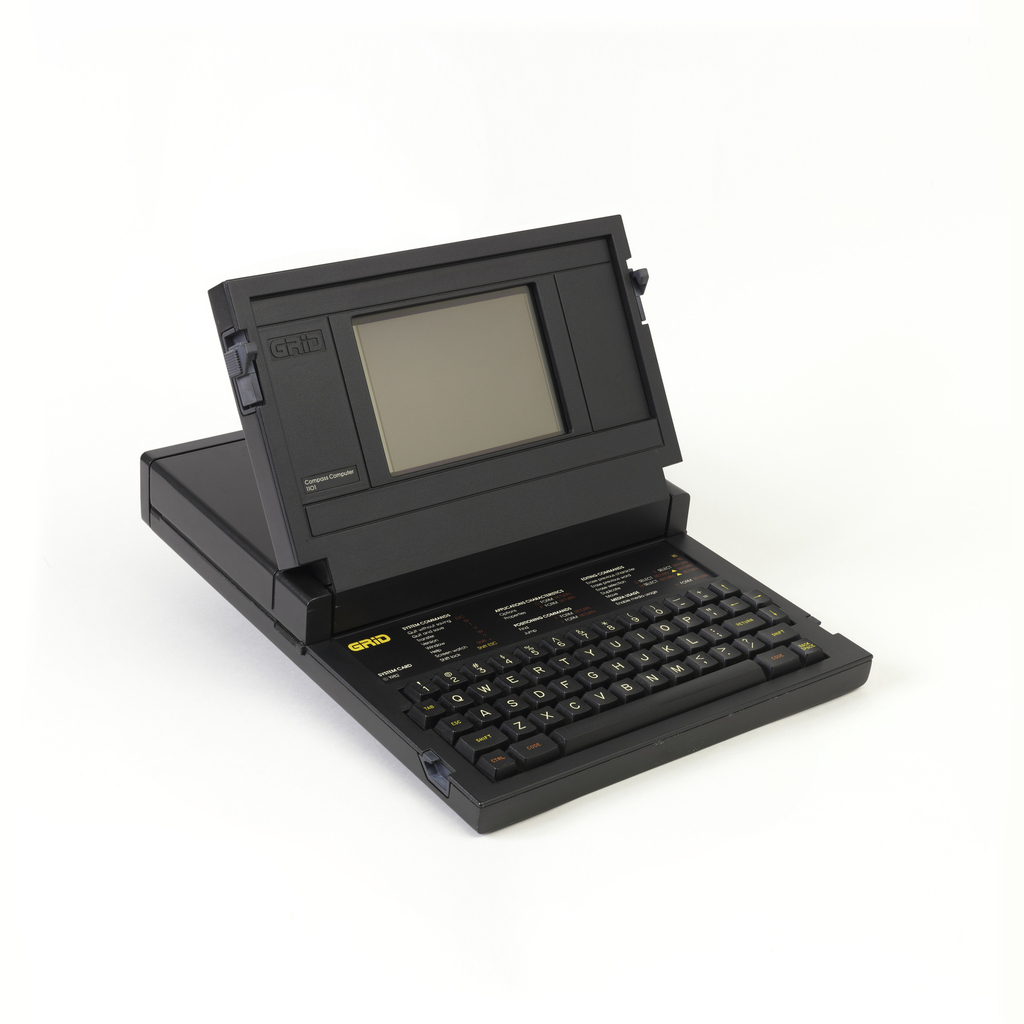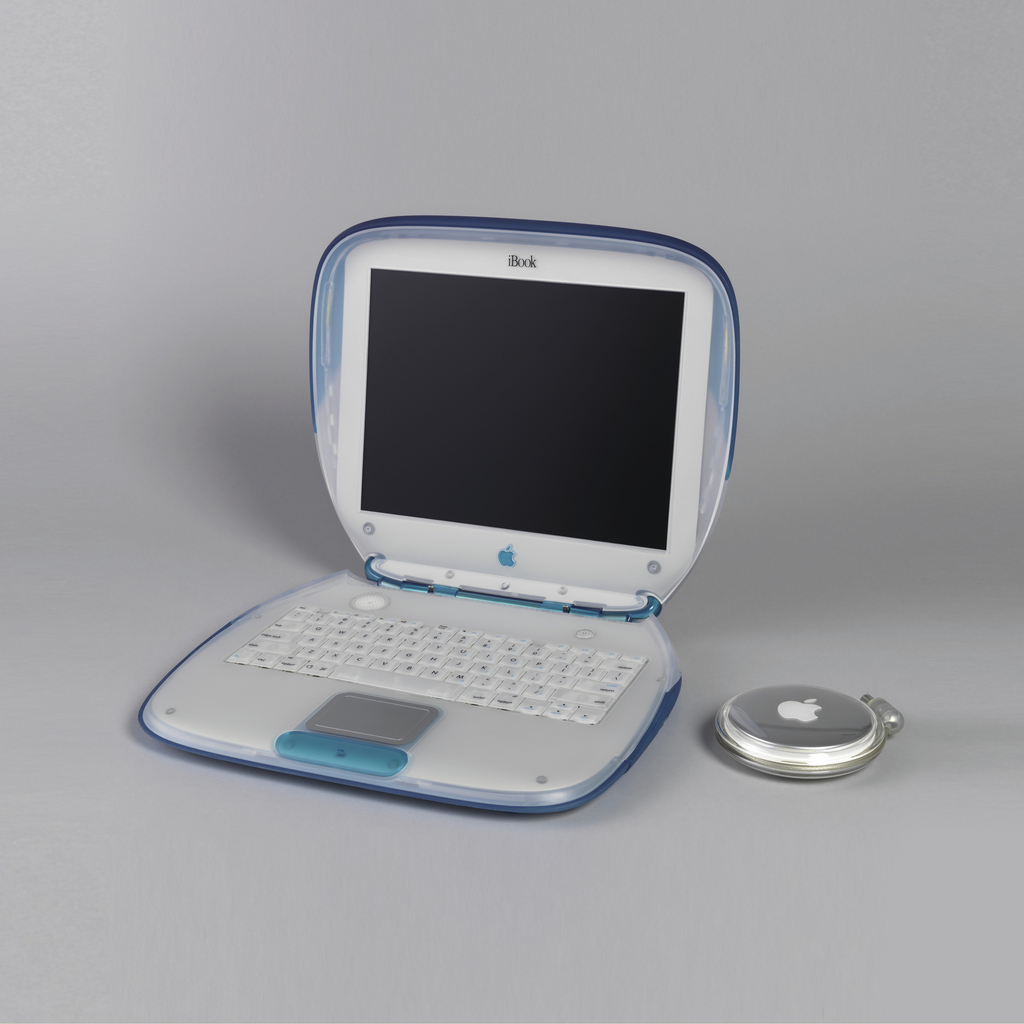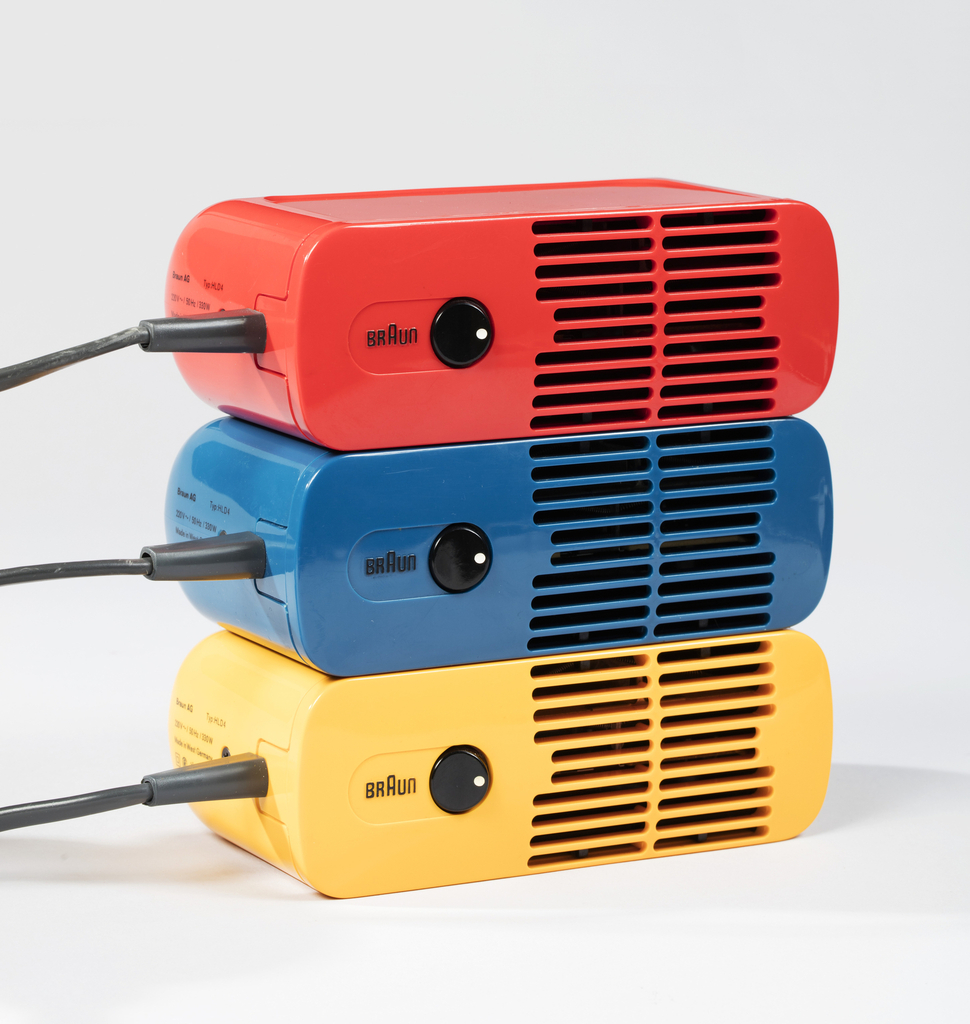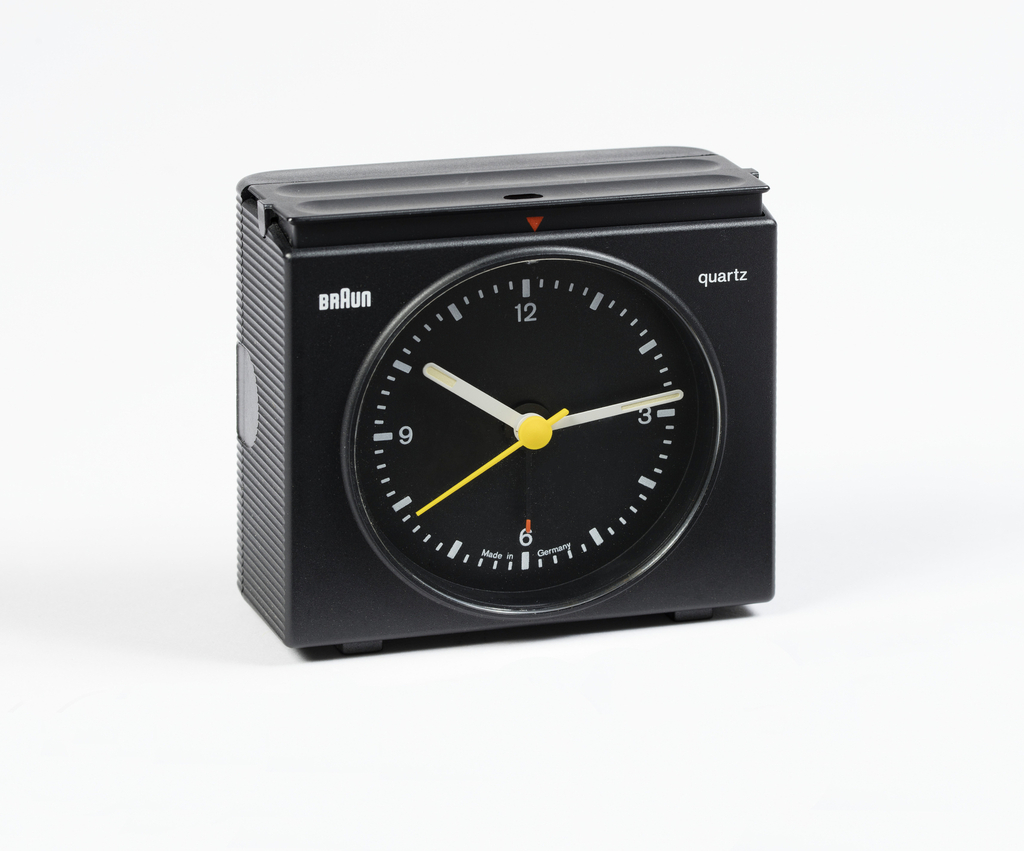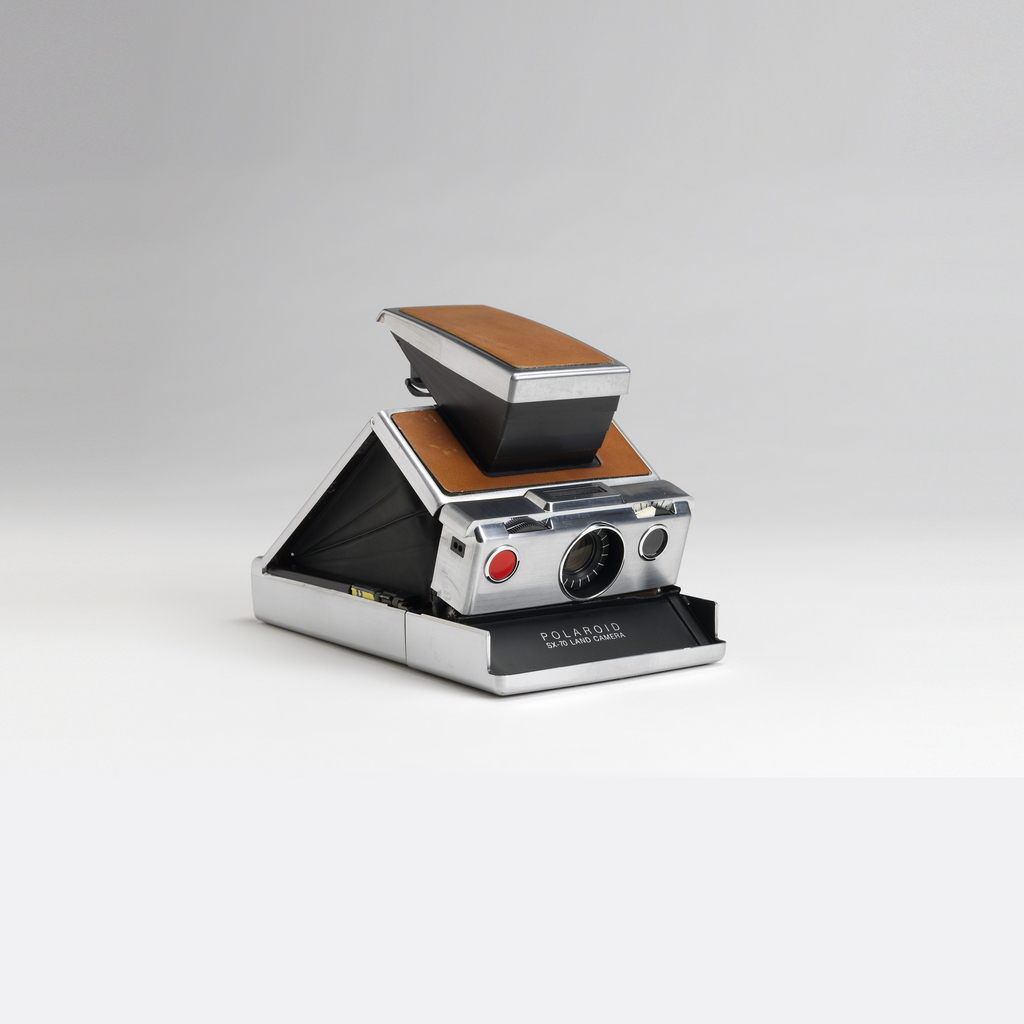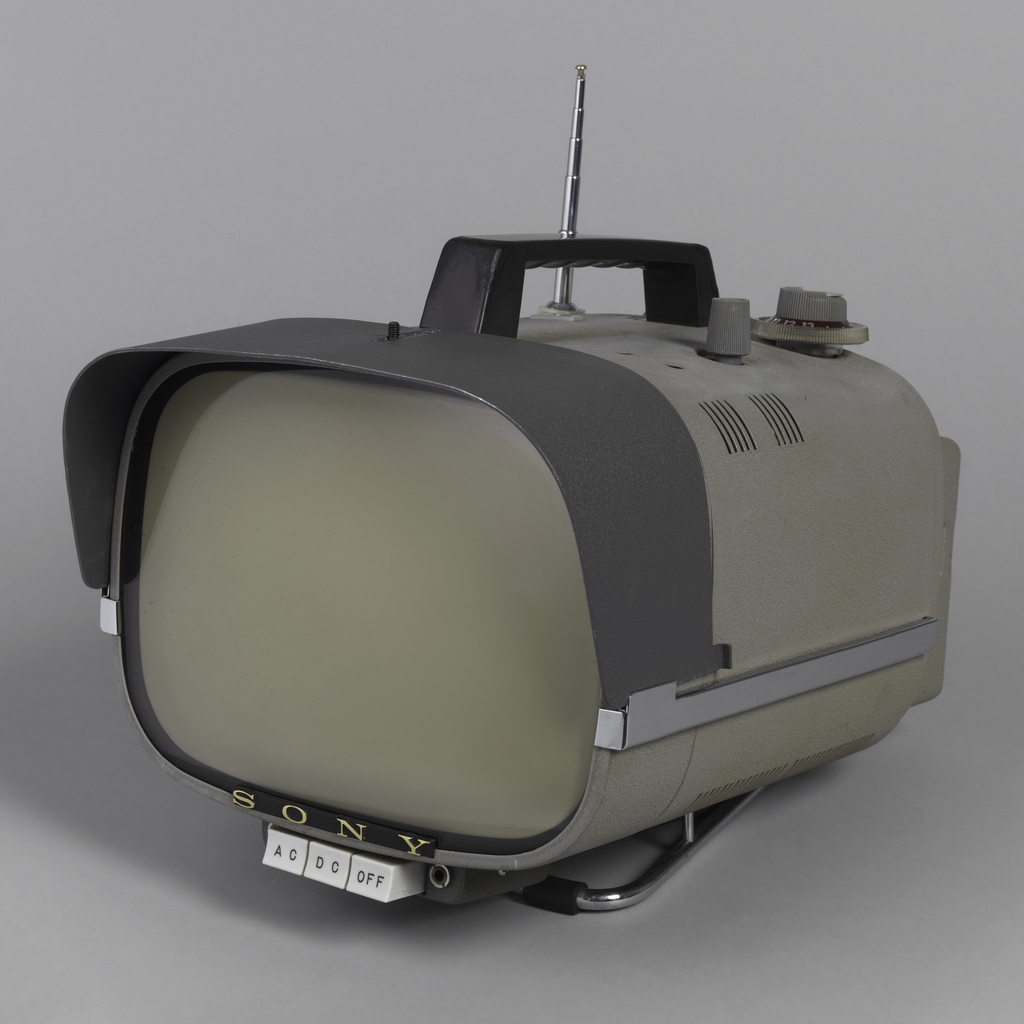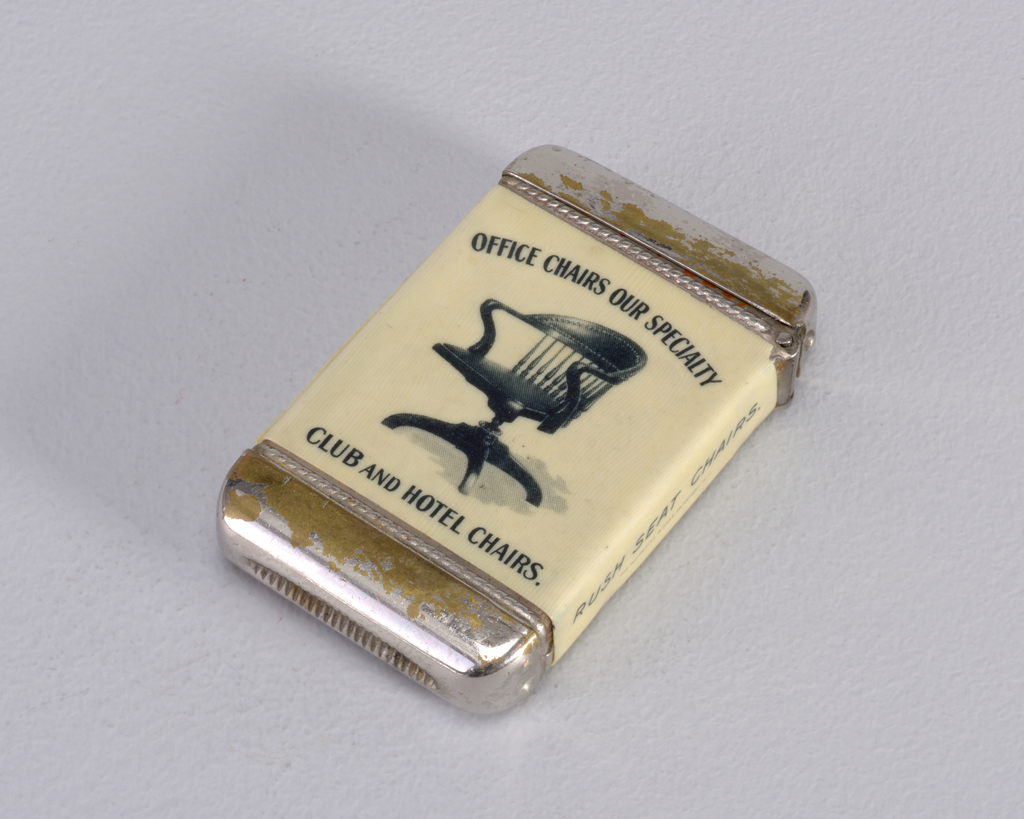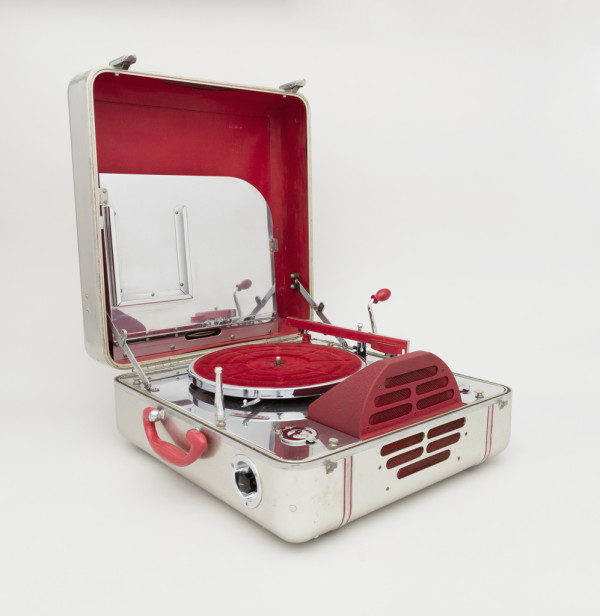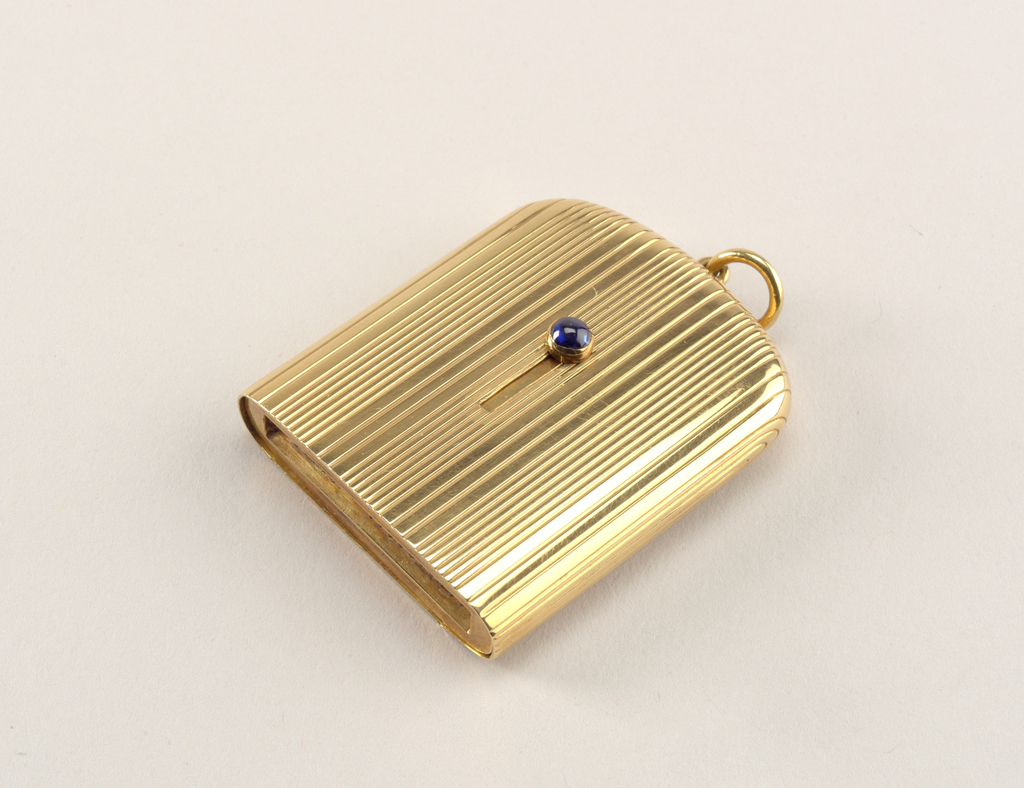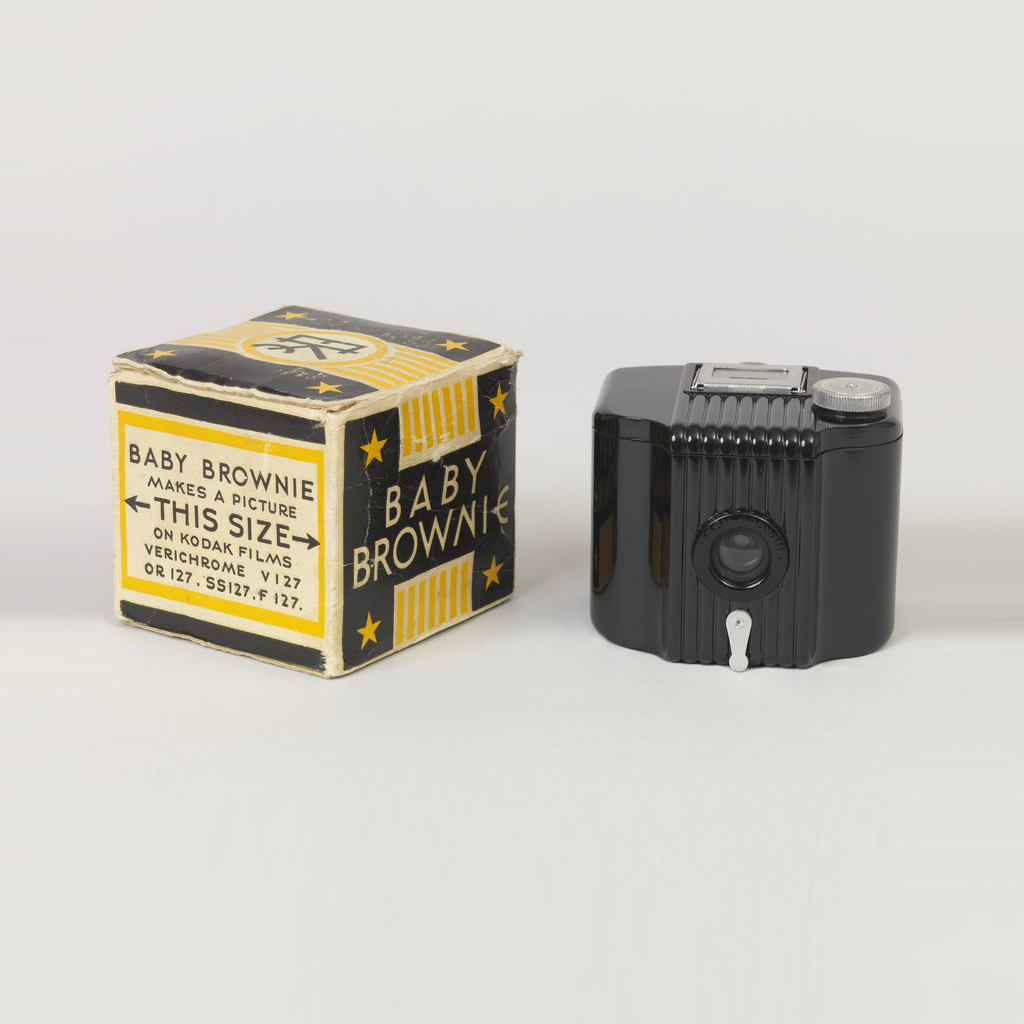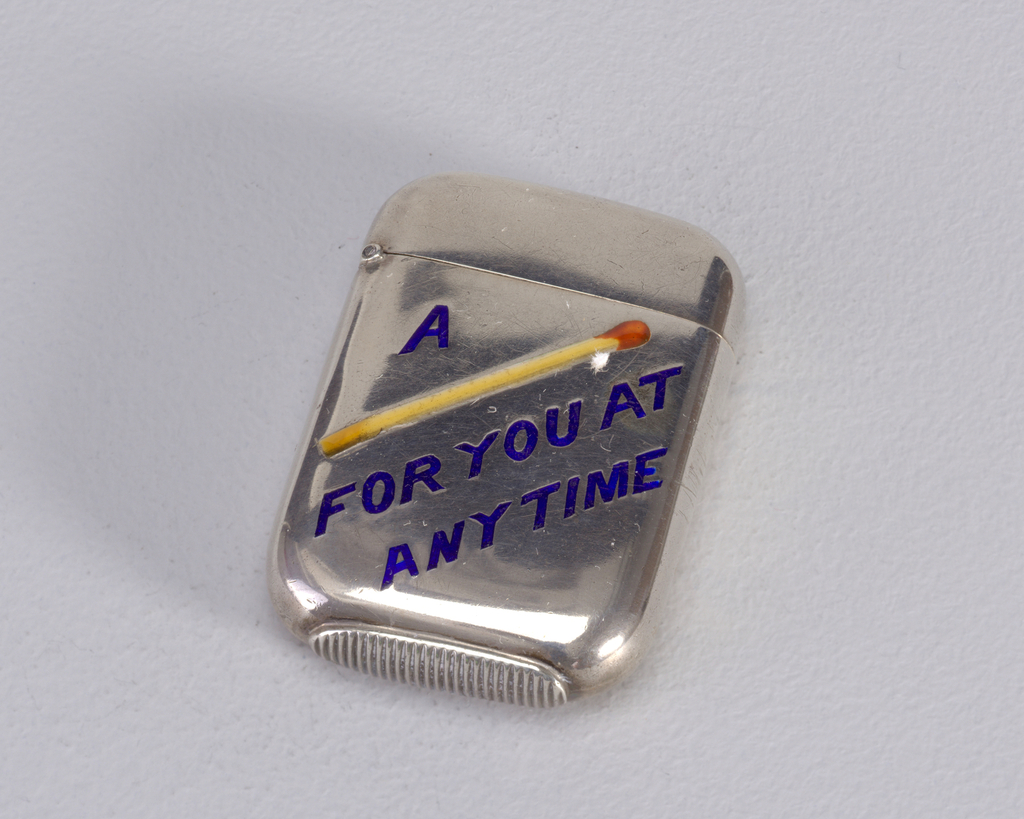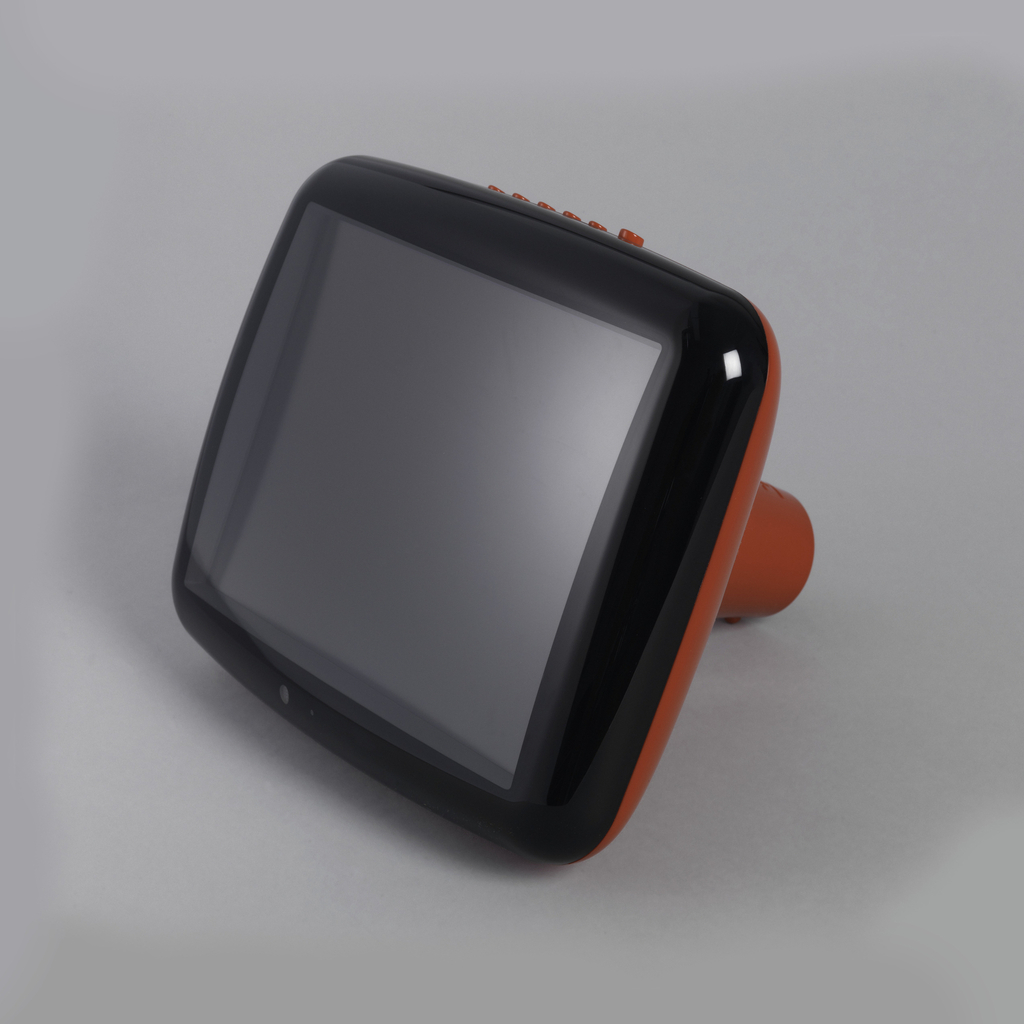The GRiD Compass laptop was an innovation due to its clamshell case. A media conservator discusses how to assess and maintain the digital elements within.
In celebration of Women’s History Month, March Object of the Day posts highlight women designers in the collection. Anne Krohn Graham is a painter, sculptor, and jeweler, who lives and works in Richland, Washington. Holder of a B.A. in Art Education, an M.A.in Art, and an M.F.A. in Art with an emphasis in metals, she...
Today’s Object of the Day celebrates the winners of Cooper Hewitt’s National Design Awards. Honoring lasting achievement in American design, the Awards take place annually during National Design Week, with festivities for all ages celebrating design creativity and innovation. Today’s post was originally published on September 9, 2015. “When was the last time someone offered...
These HLD 4 No. 4414 hair dryers announce a new design idiom for the hair dryer with their rounded rectangular shape and bold colors. On the hair dryer’s front face there is a bisected slotted grill. Two central rows of slits correspond to the placement of a black rocker switch, which is easily operated with...
We’ve come so far technologically that cell phones are now in museums. And in a museum is likely the only place most people will have seen this model – the world’s first commercially available handheld cellular phone. When it came out, it weighed 2.5 pounds, required ten hours for charging for 35 minutes of talk...
Dieter Rams, the co-designer of this alarm clock, said that good design should “omit the unimportant in order to emphasize the important.” This travel alarm clock embodies his philosophy and design aesthetic—one which became iconic for Braun in the 1970s. The clock features an economic use of color and Akzidenz Grotesk, an easy-to-read sans serif...
When Edwin Land, co-founder of the Polaroid Corporation, introduced the SX-70 instant camera, he could have hardly predicted how forward-thinking his design truly was. The idea of instant photography, something synonymous with today’s smartphone and social media image sharing applications, was more or less an inexact science before 1972, the year that the SX-70 was...
Wow! I remember thinking that as a youngster, when I first saw the slightly flickering black and white picture on the Sony portable TV at a friend’s house—on the patio. That was the last place I could imagine anything like a television, something I had previously experienced only as a piece of furniture in people’s living...
According to the New Testament of the Bible, Jesus Christ ascended to Heaven from the Mount of Olives on the 40th day after Easter. Some Christians commemorate this as Ascension Day. In Italy, Ascension Day is celebrated by the exchange of crickets between friends. If, in the course of the day, the cricket chirps, its...
Cooper Hewitt holds a large number of matchsafes: small, metal boxes that emerged around 1830 to house recently invented friction matches. Vital for lighting lanterns, kitchen stoves and smoking accessories, people from all walks of life carried matchsafes, or vesta cases. The air-tight containers kept matches dry and reduced the risk of spontaneous ignition, a...
This sleek icon of American design embodies the simultaneous rise of listening technology and the streamline moderne style in the 1930s. This portable phonograph’s mechanism was engineered by Alfred Weiland and Selden T. Williams while its case and overall aesthetic were conceived by the prolific graphic and industrial designer John Vassos. Born in Romania, Vassos...
The development of friction matches in the early nineteenth century was a major discovery as it allowed for instantaneous and reliable fire on demand for the first time in history. The design of matchsafes arose as the early friction matches were both highly combustible and unstable. These decorative boxes allowed bulk matches to be protected...
When the Eastman Kodak Company first began manufacturing its line of Brownie cameras in 1900, photography was still the domain of trained operators who charged considerable fees for formal portraits and commemorative images of formal occasions. Within the next ten years, however, snapshots became increasingly popular in American culture: holidays, birthdays, and even the everyday...
Matchsafes came into being when wooden friction matches were invented in the middle of the nineteenth century, and were widely used until the 1930s, when safety matches, matchbooks, and gas-powered lighters became more popular. Early friction matches were somewhat unreliable, highly combustible and could light spontaneously in a pocket. In order to protect them from moisture and...
Bulky and cumbersome CRT (cathode ray tube) televisions that occupied a place of pride in living rooms since the 1950s have quickly fallen out of favor in the twenty-first century as LCD (liquid crystal display) televisions boast sleek flat shapes and a clearer picture. One aspect of CRT televisions that brought them to be classified as...
